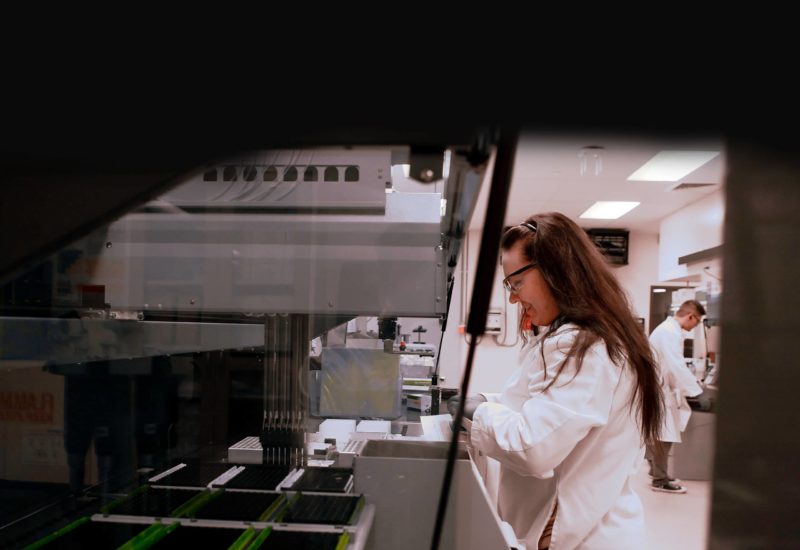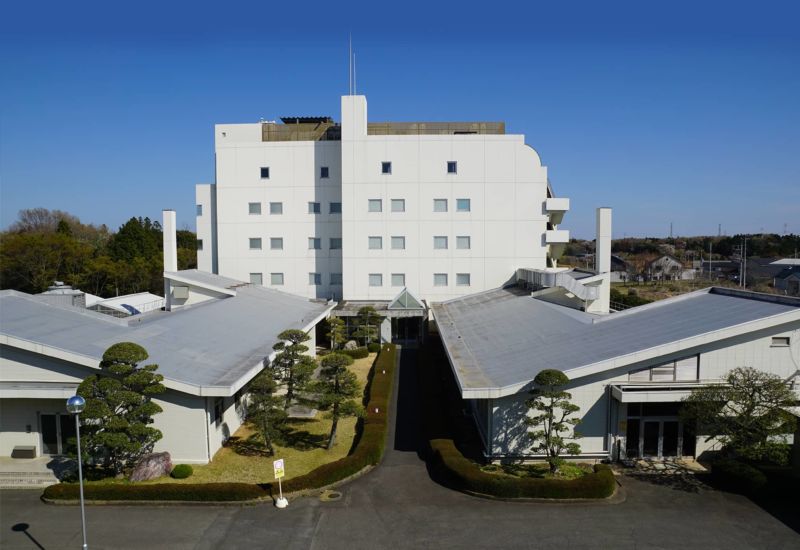
In Vivo Biliary Excretion Studies for Preclinical Drug Development
In vivo biliary excretion studies are conducted to support ADME profiling of drug candidates in preclinical development. Bile duct cannulated (BDC) rodent or non-rodent animals can be used to determine the rate of biliary excretion as a follow up to mass balance studies where more than 20% radioactivity is observed in feces following oral administration.
Our Approach to Rodent and Large Animal Bile Duct Cannulation (BDC) to Investigate Biliary Excretion
Bile duct cannulation (BDC) is a surgical procedure that is technically very complex and requires highly skilled surgeons to perform.
Our network of partners pride themselves on their teams of surgeons with many years of training and experience in this delicate procedure. The free-moving cannulation method is used, allowing low-stress, long-term bile collection. Animals are housed in a facility fully accredited by AAALAC International and additional measures are taken for all BDC studies to minimize the risk of cannula blockage.
In a biliary excretion study, bile is collected from treated animals up to 48 hours in a typical study. A longer collection period may be requested, it can be performed by supplying animals with electrolytes such as dextrose water or untreated bile, in which case IACUC (Institutional Animal Care and Use Committee) review is required.

Standard Biliary Excretion Study Elements
- Measurement of radioactivity in bile at multiple time points up to 48 hours post-dose
- Liquid scintillation counter (LSC) analysis of each sample for radioactivity quantification
- Typically conducted concurrently with a rat in vivo Mass Balance study
- Remaining bile conserved and appropriately stored for Metabolite Identification
Follow-up study option: Enterohepatic Circulation
Reabsorption through enterohepatic circulation can be investigated if a drug shows extensive excretion into the bile in biliary excretion study.
Related Content:
Access ADME™ is a growing repository for scientific resources organized by topic; find related scientific content covering in vivo ADME and pharmacokinetics on the In Vivo / Radiolabeling page.

